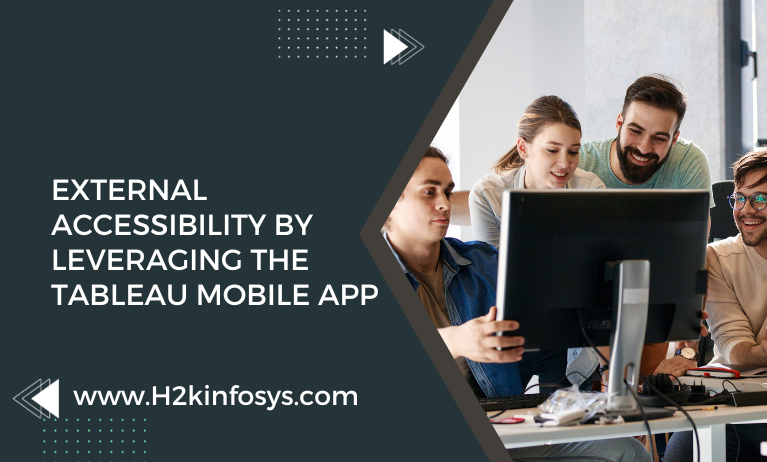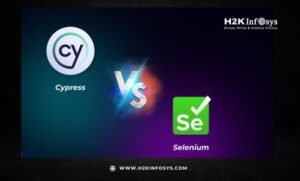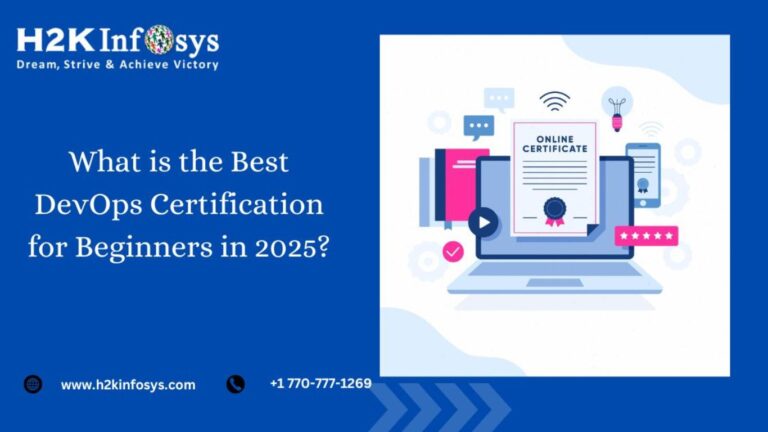Numerous variables affect how we distribute our visualisations throughout our teams.
- What’s the point?
- Who exactly is the target audience?
- Does a formal development process?
- How would you like to get in touch with them?
- Are recurrent changes accompanied by a feedback mechanism?
- Exist sufficient and full data sources?
- Does the development process follow data governance principles?
- How can you find out who has used or seen them?
- How “fresh” should the data be? Are upgrades necessary?
- How frequently must the visualisation be shared?
Our data analytics products are developed in four primary directions based on the answers to these questions: visualisations for enhancement, visualisations for exploration, visualisations for intelligence, and visualisations for engagement. In this article, we shall be considering the last 2 levels of Sharing with Tableau Mobile App (that is the 3rd and the 4th level). Check out the Tableau online course to learn more.
Level 3: External Accessibility by Leveraging Tableau Mobile App
Not all organisational stakeholders may require access to our data analytics products, besides internal business analysts and managers. Not all of our customers will want to use desktop workstations to access our products or be able to do so. Dashboards and views can be adjusted to accommodate multiple device types once they have been published to a Tableau Server environment.
These also include tablet and mobile screen resolutions to supplement standard PC screen resolutions. Our analytics can deliver daily updates in a convenient, on-demand format with Tableau Mobile App. At this level, employing data visualisation for intelligence is the key driving force.
With regard to Adventure Works as an example, there are six regional managers who spend a lot of time visiting the stores in their regions, as well as suppliers, business clients, and sponsors. They are mostly using their mobile devices as they go from place to place and require a quick and easy way to check daily sales totals per product.
You may download the Tableau Mobile app for iOS and Android devices respectively from the Google Play store.
Tableau Mobile App Advantages
- Accessibility from anywhere
- Convenience in aggregation
- Little upgrading and revision
- KPIs and metrics are driven by stakeholders.
- The target market for users
Challenges of Tableau Mobile App
- Limited interactivity
- Less design space on the canvas
- Knowledge of the requirements for detail level
- A little investigation of insight
- Linking actions between visualisations is less effective
Level 4: Broadcast Visual Analytics Through </> Embed Code and Tableau Public
Finally, Tableau Server graphics can be shared with others outside of the organisation. By integrating our interactive views and dashboards into websites, blogs, wiki pages, online apps, and intranet portals like Sharepoint, we can reach a larger external audience.
Due to this capability, our company is better able to connect with its partners, suppliers, and clients. The user would need to have an account and access permissions in order to view embedded views because they do adhere to the same licensing guidelines that apply in the Tableau Server environment. Utilising data visualisation for engagement is the primary driving force at this stage.
Alternatively, a Tableau Public profile might be made for the purpose of targeted view distribution if an organisation wants to connect with a much larger audience. To ensure that only non-sensitive or immoral material is published, this would need to be strictly regulated and supported by a robust corporate data governance strategy.
Returning to our earlier illustration. Imagine that the marketing department at Adventure Works wants to demonstrate to prospective clients how devoted their current clients are by nation. We can help visitors understand the purchase patterns of others in their area by creating a Cohort Analysis chart of sales by consumers who have been buying cycling products over time, broken down by the year they initially placed their order.
Benefits of Tableau Embedded Code
- Direct, active interaction
regulated data messaging
- Little upgrading and revision
- Deploy easily into applications, online portals, blogs, and Sharepoint from internally established data sources
Tableau Embedded Code Challenges
- Need for a robust corporate data governance model
- Feedback is scarce and challenging to get
- Requires Design Theory method for alternative user viewpoints
- Page space for visualisations is limited
- Taking embedding parameters into account
Conclusion
Data visualizations may be shared in a variety of ways thanks to Tableau. The level of purpose, audience, accessibility, and response we seek from our data analytics products determines how we distribute. To learn more about the various sharing platforms in Tableau, check out the online Tableau training.





























